How babies experience their world begins from the moment they are born—through sight, touch, sound, taste, and smell. These early sensory experiences shape their emotional and brain development. Join 4Life Education in exploring how to nurture a baby’s natural curiosity through gentle, responsive environments.
A gentle start to life’s discoveries
From the very first cuddle, babies begin to understand their surroundings using their senses. Each smell, sound, texture, and image is new, vivid, and full of meaning. How babies experience their world is not only a process of sensory input—it is also a deeply emotional and cognitive journey that helps them build a foundation of security, attachment, and learning.
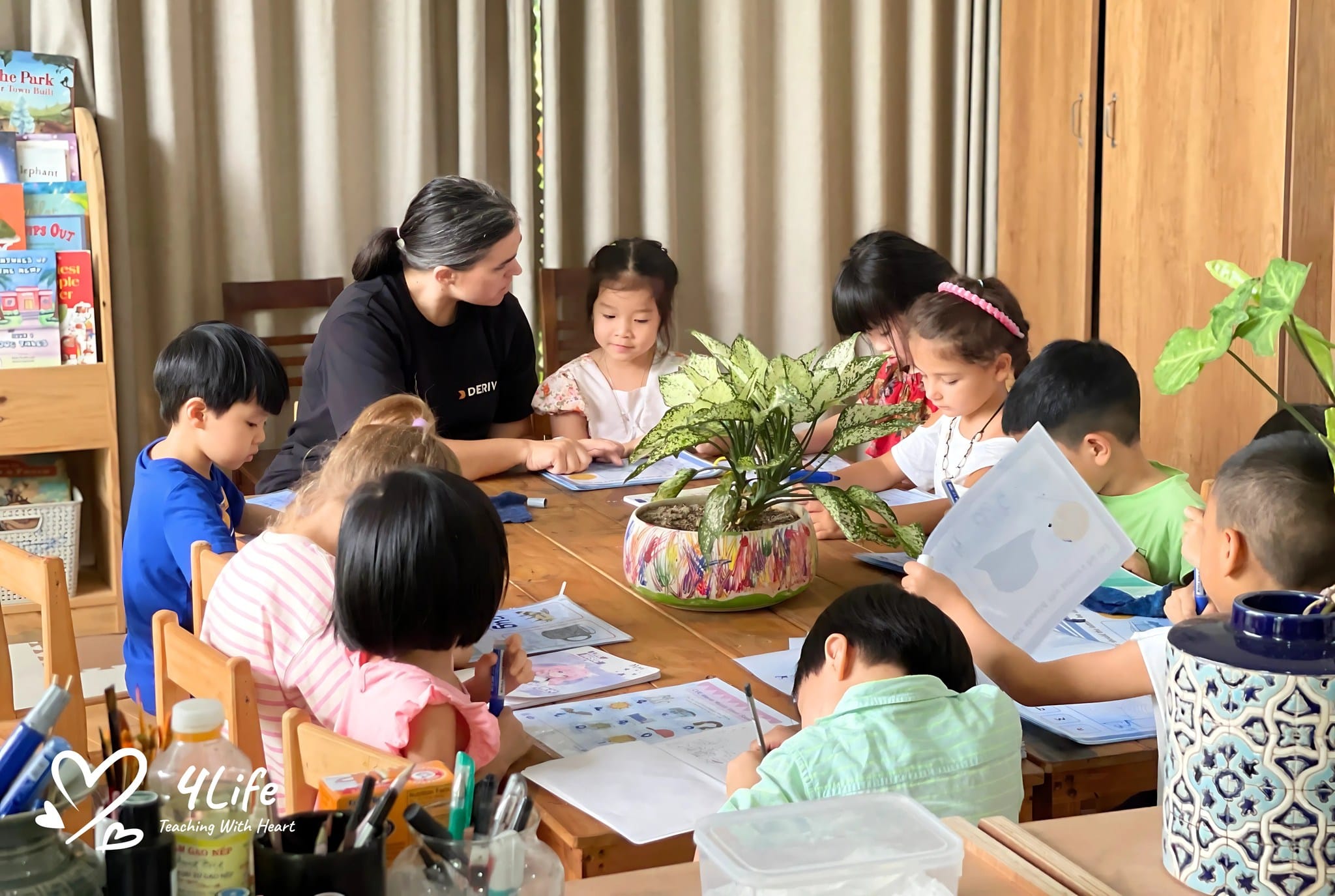
How Babies Experience Their World
These first experiences—your scent, your voice, the softness of your clothing, the taste of milk—leave powerful impressions. They don’t just stimulate the brain; they make a baby feel safe, loved, and connected.
Together with 4Life Education, let’s explore how babies come to know the world around them, and how we, as caregivers, can support this wondrous phase of discovery.
Vision: seeing the world come into focus
In the early days, your baby’s vision is still developing. At birth, newborns can focus best on things about 20–30 cm away—just the perfect distance to see your face when you hold them in your arms.
At this stage, babies are drawn to bold contrasts, especially black and white patterns. Soft pastels or subtle color differences don’t capture their attention yet. What captivates them most is the human face, particularly the expressions of their parents and caregivers.
As they grow, their visual field expands. By three months, babies can track moving objects and start to recognize faces from across the room. By around seven months, they see colors more vividly, follow objects smoothly with their eyes, and begin to visually explore their environment more intentionally.
You can nurture visual awareness by:
– Talking to your baby while maintaining eye contact.
– Pointing out objects and naming them together.
– Hanging mobiles with high-contrast designs or simple shapes.
– Letting them observe the world from different angles—such as changing their position in a stroller or room.
Every time your baby looks, follows, and focuses, their brain strengthens connections related to visual perception, attention, and recognition.
Music and sound: shaping memory and brain development
Sound is one of the earliest senses to develop—even before birth. Babies can hear while still in the womb, and the music or voices they hear regularly become familiar and comforting.

Music and sound: shaping memory and brain development
Once born, your baby becomes even more sensitive to sound. Lullabies, gentle music, and the rhythm of your voice all contribute to a growing awareness of tone, pitch, and language. Over time, these sounds lay the foundation for musical memory, emotional comfort, and even early math and pattern recognition skills.
You can support your baby’s auditory development by:
– Singing to them regularly—even simple lullabies help.
– Playing soft instrumental music during quiet times.
– Talking about sounds around you (“Do you hear the birds singing?”).
– Reading aloud to build familiarity with language rhythms.
How babies experience their world through music is more than auditory pleasure—it’s a form of connection and a quiet pathway to brain growth.
Taste and the mouth: the joy of early exploration
From the very first feeding, your baby’s mouth becomes a tool of exploration. It’s where comfort, curiosity, and discovery meet. As they grow, babies naturally put objects in their mouths—not just out of habit, but as a way to learn about texture, temperature, size, and flavor.
Weaning becomes a multisensory experience. Each new taste introduces a whole new world of sensations and reactions. Beyond nutrition, food becomes a chance to explore preferences and build associations.
To support safe and enjoyable sensory tasting:
– Introduce one new food at a time and describe it with words
– Offer a variety of textures—from smooth purées to soft solids
– Let your baby handle food and feed themselves when ready
– Watch closely for reactions—not every child likes the same tastes at the same time.
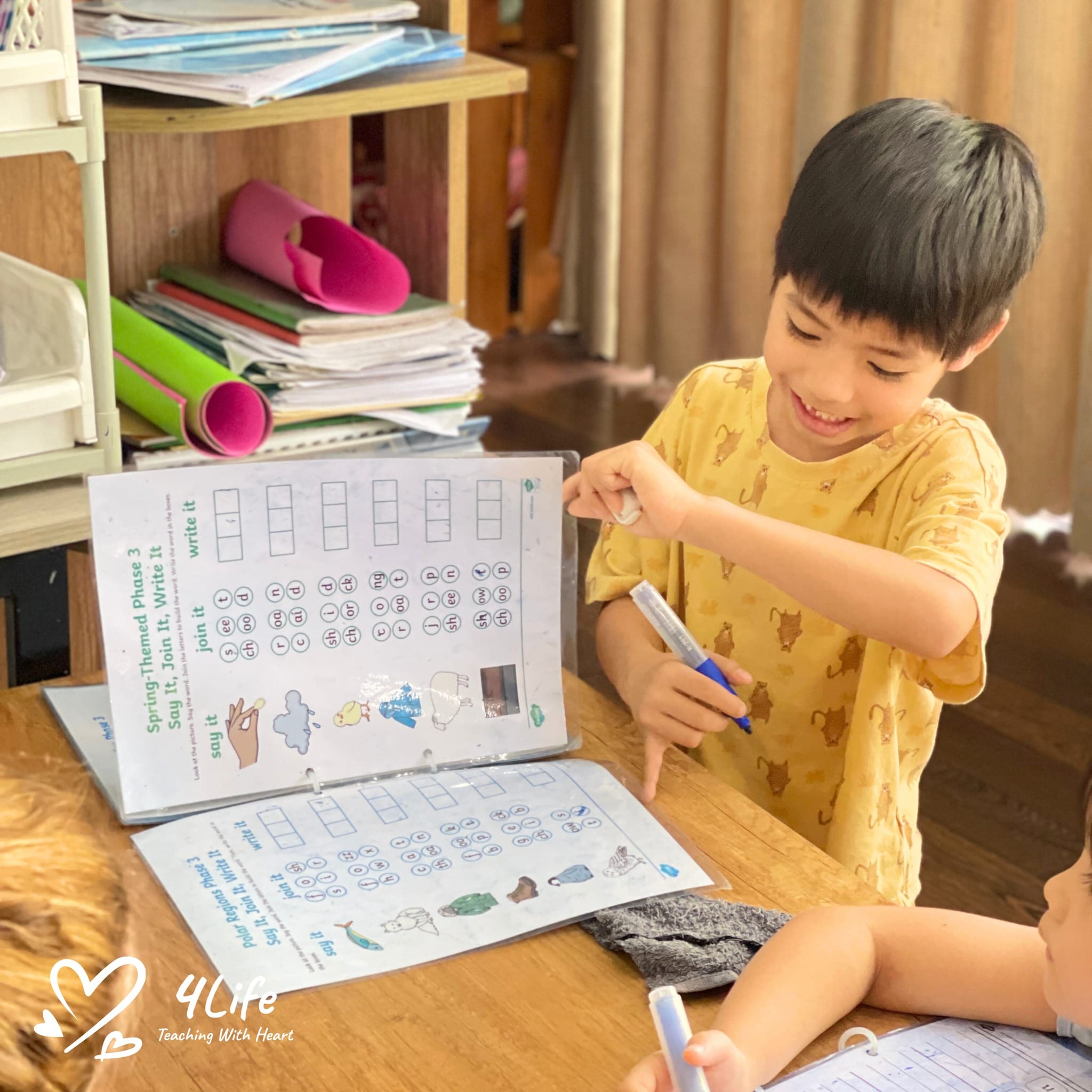
Taste and the mouth: the joy of early exploration
The mouth is where babies often begin to process the outside world—and learning to taste thoughtfully supports language and emotional regulation too.
Touch and movement: understanding through the hands
By reaching, grasping, and eventually crawling, babies begin to understand spatial relationships, weight, texture, and balance. Hands, feet, arms, and legs all become part of the sensory toolkit.
A baby who feels a soft blanket, a cool spoon, or the tickle of grass is learning how their body interacts with their surroundings. They also begin to differentiate between what’s safe and what’s unfamiliar, learning through trial, repetition, and encouragement.
You can support sensory touch by:
– Offering different textures in toys, fabrics, and surfaces
– Giving safe objects to hold and manipulate.
– Letting babies crawl on varied surfaces like mats, rugs, or grass.
– Gently massaging your baby to increase body awareness and bonding.
This sense of physical exploration is key to both motor skills and emotional development—another layer in how babies experience their world.
Creating the right balance: not too much, not too little
Babies thrive when their environment is balanced—not overly noisy or visually cluttered, but not empty either. They are sensitive to stimulation, and their reactions tell us when something is “too much.”
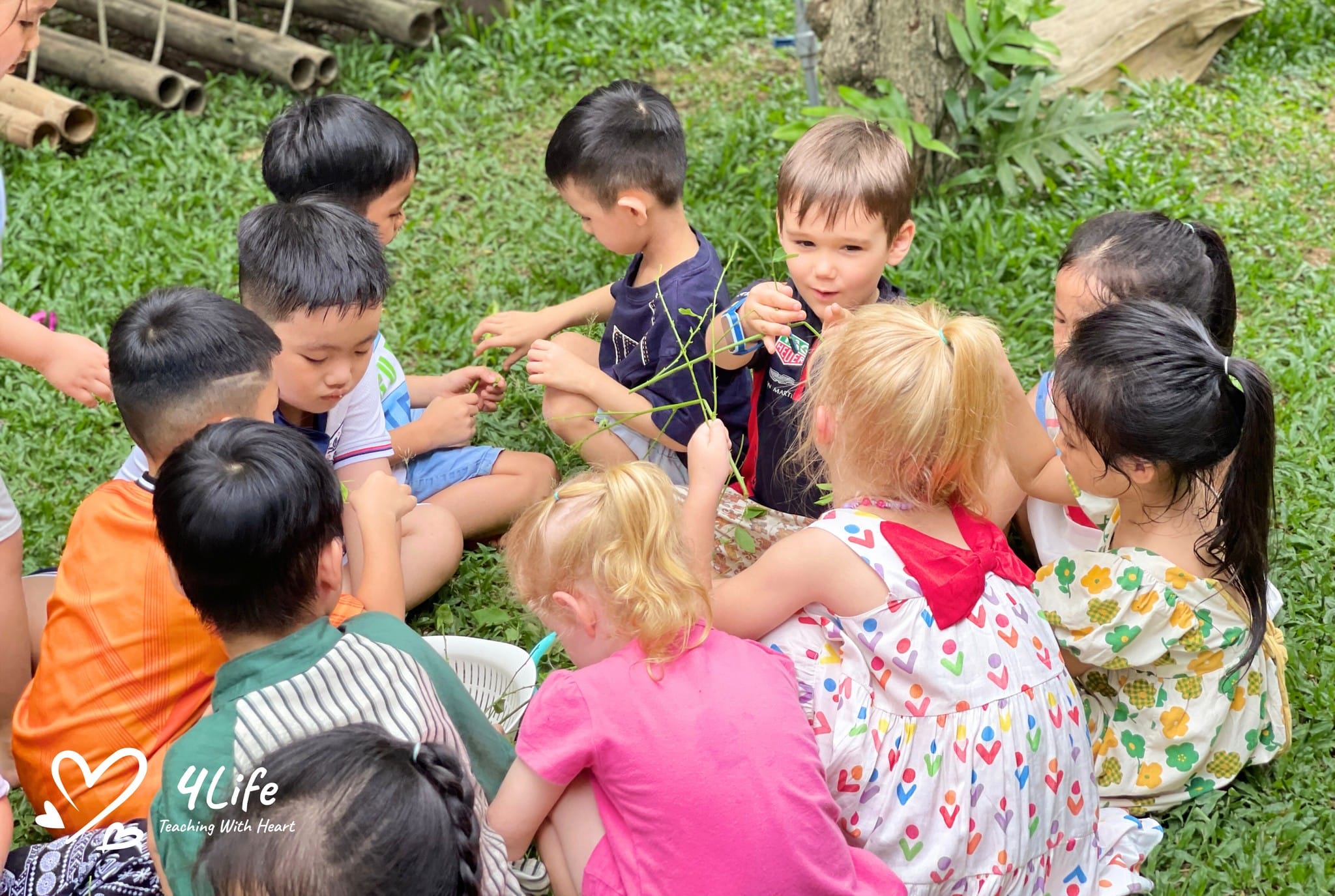
Creating the right balance: not too much, not too little
Overstimulation can lead to stress, fussiness, or sudden sleep as a form of escape. Under-stimulation, on the other hand, can cause disinterest or even a different kind of sleepiness from boredom.
So how do we find the right balance?
– Keep the environment calm and soothing, with short bursts of stimulation.
– Follow your baby’s cues—yawning, turning away, or fussing can all be signals.
– Rotate toys and activities to maintain interest without overwhelming them.
– Use routine as a way to create predictability and emotional safety.
Babies need time, space, and support to explore, but they also need moments of stillness to process everything they’re learning.
The deeper meaning behind how babies experience their world
Ultimately, how babies experience their world is a rich interplay of sensations, emotions, and relationships. It’s not just about the brain—it’s about the heart.
Each glance, sound, taste, and touch helps babies make sense of themselves and the people around them. And with every experience, they are not only building knowledge—they are building trust, attachment, and joy.
How babies experience their world is a journey of connection, wonder, and quiet brilliance. With gentle guidance, we can help that journey unfold with love and meaning.


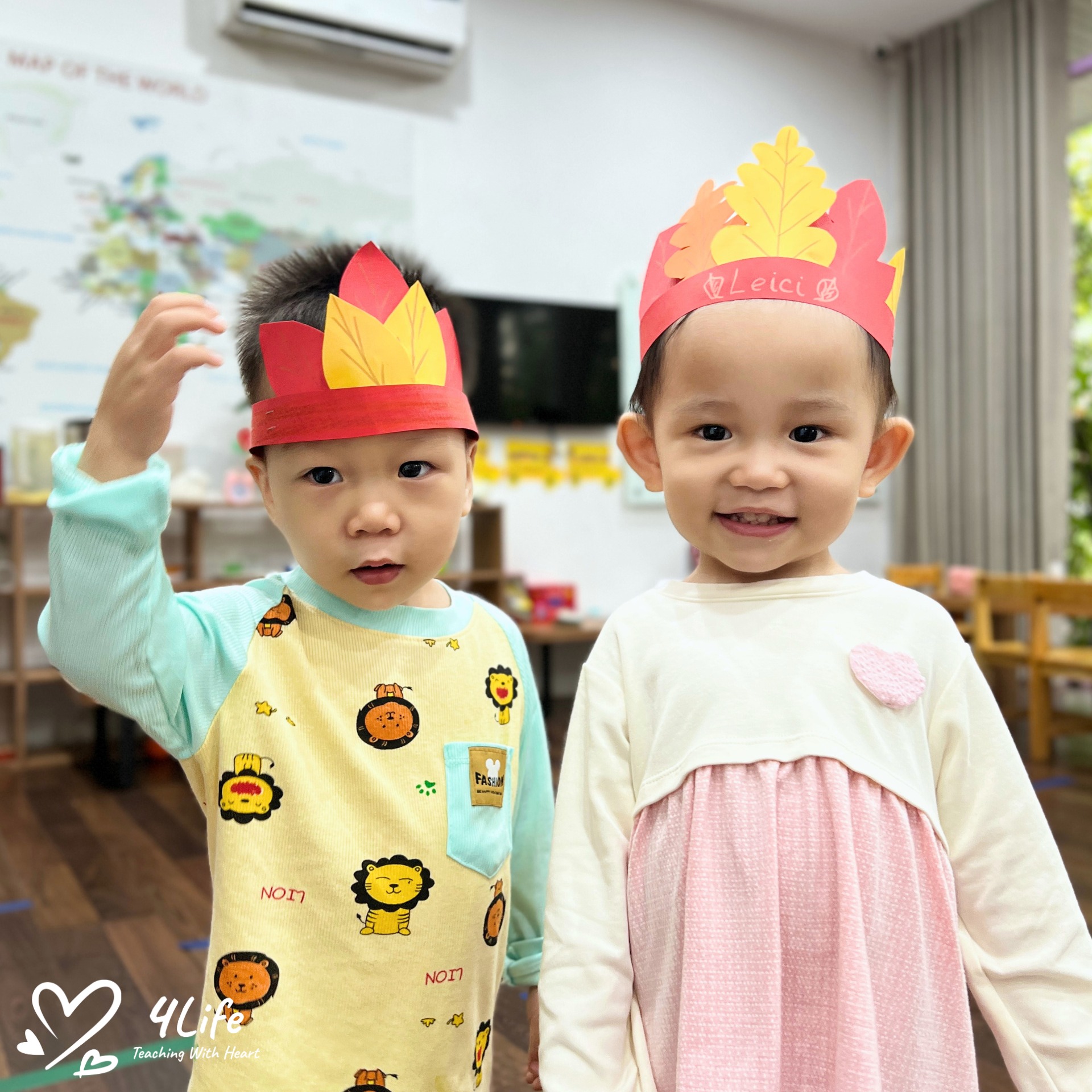
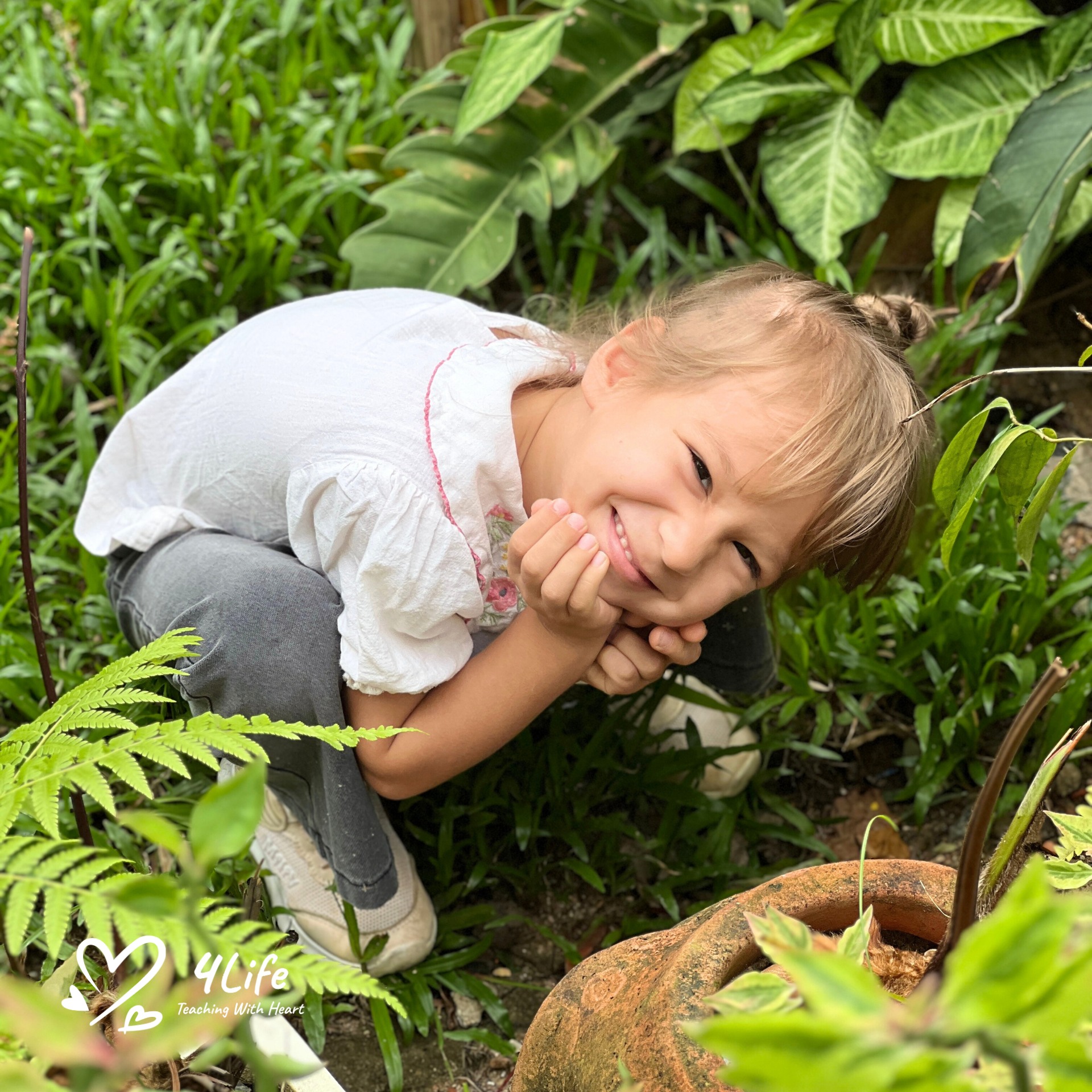
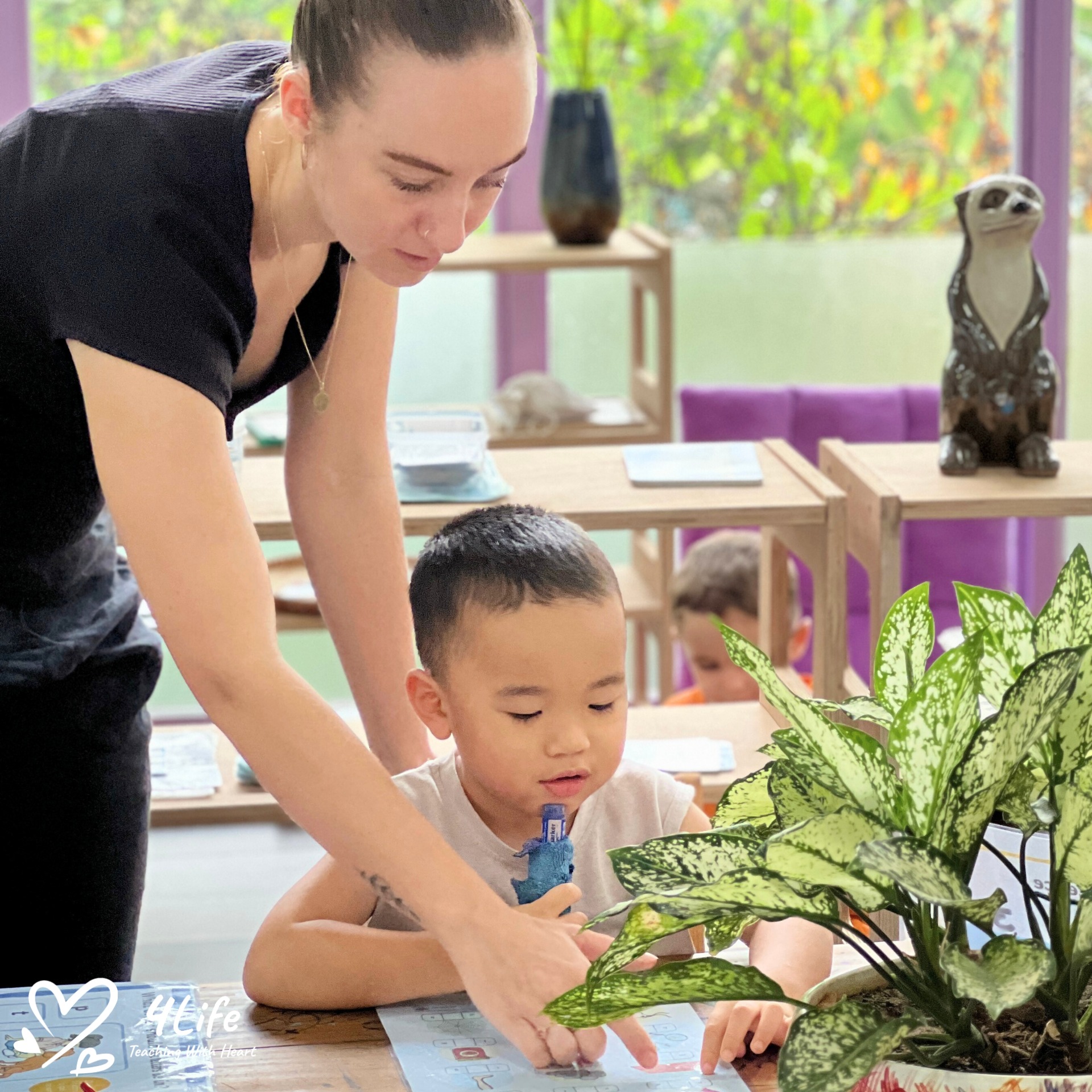
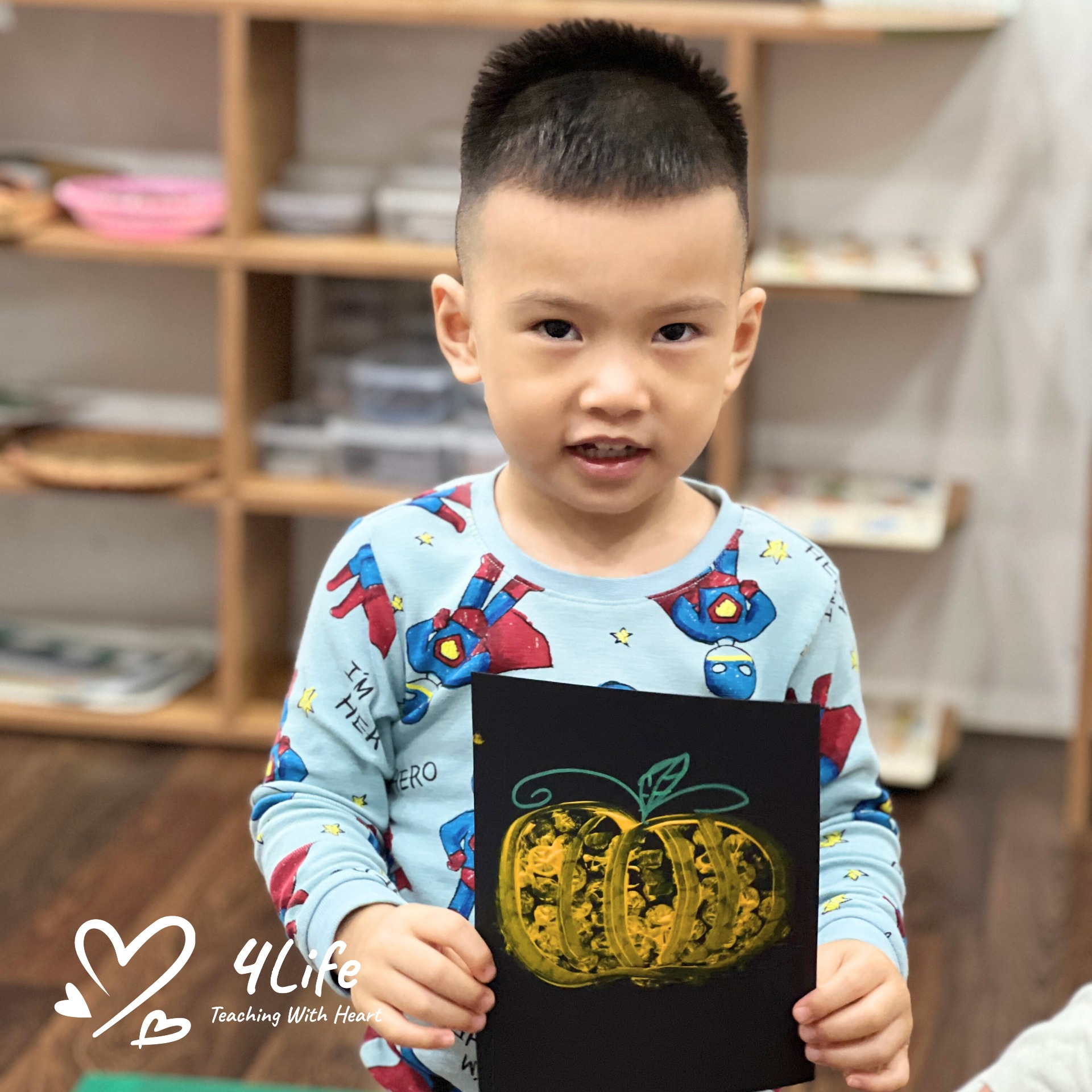
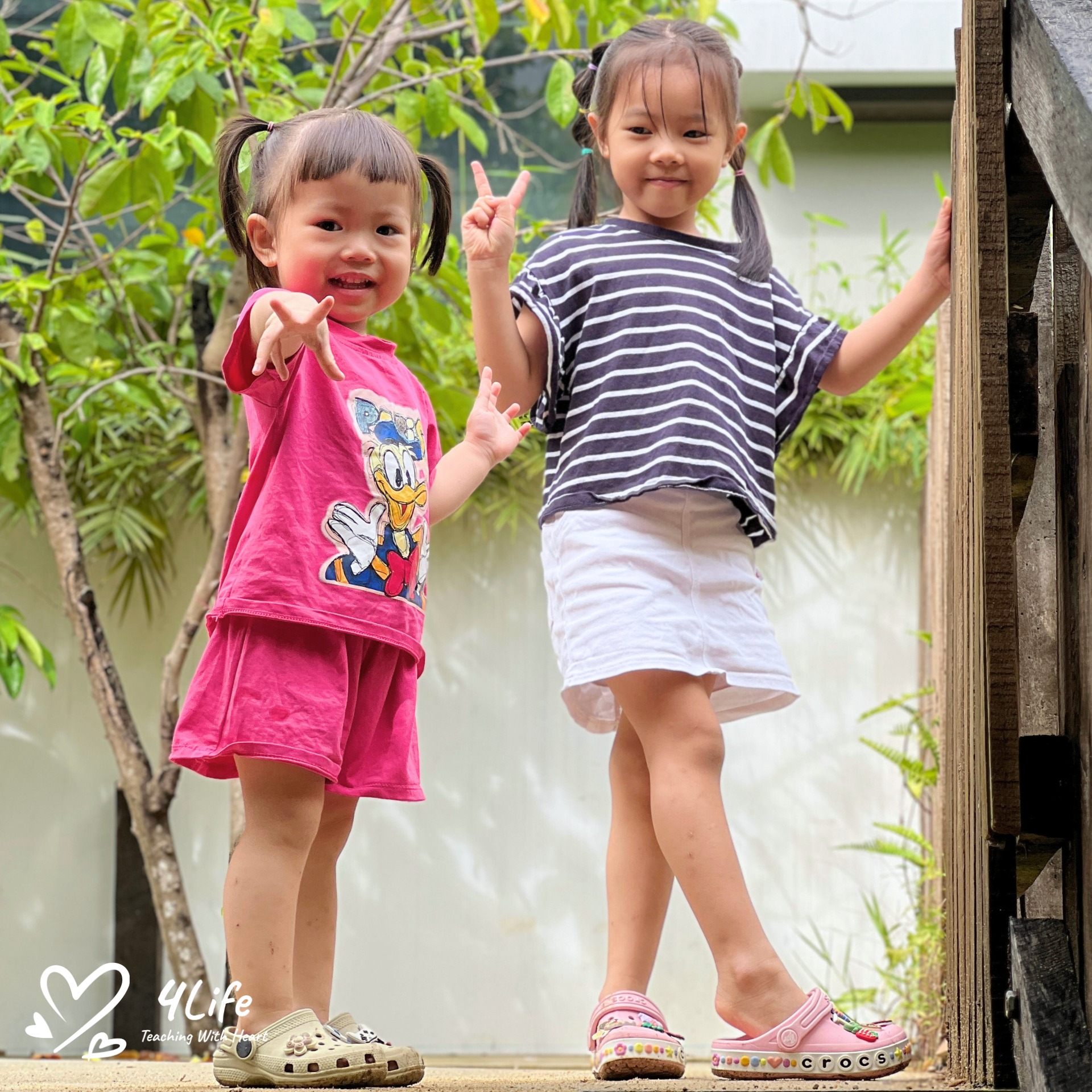
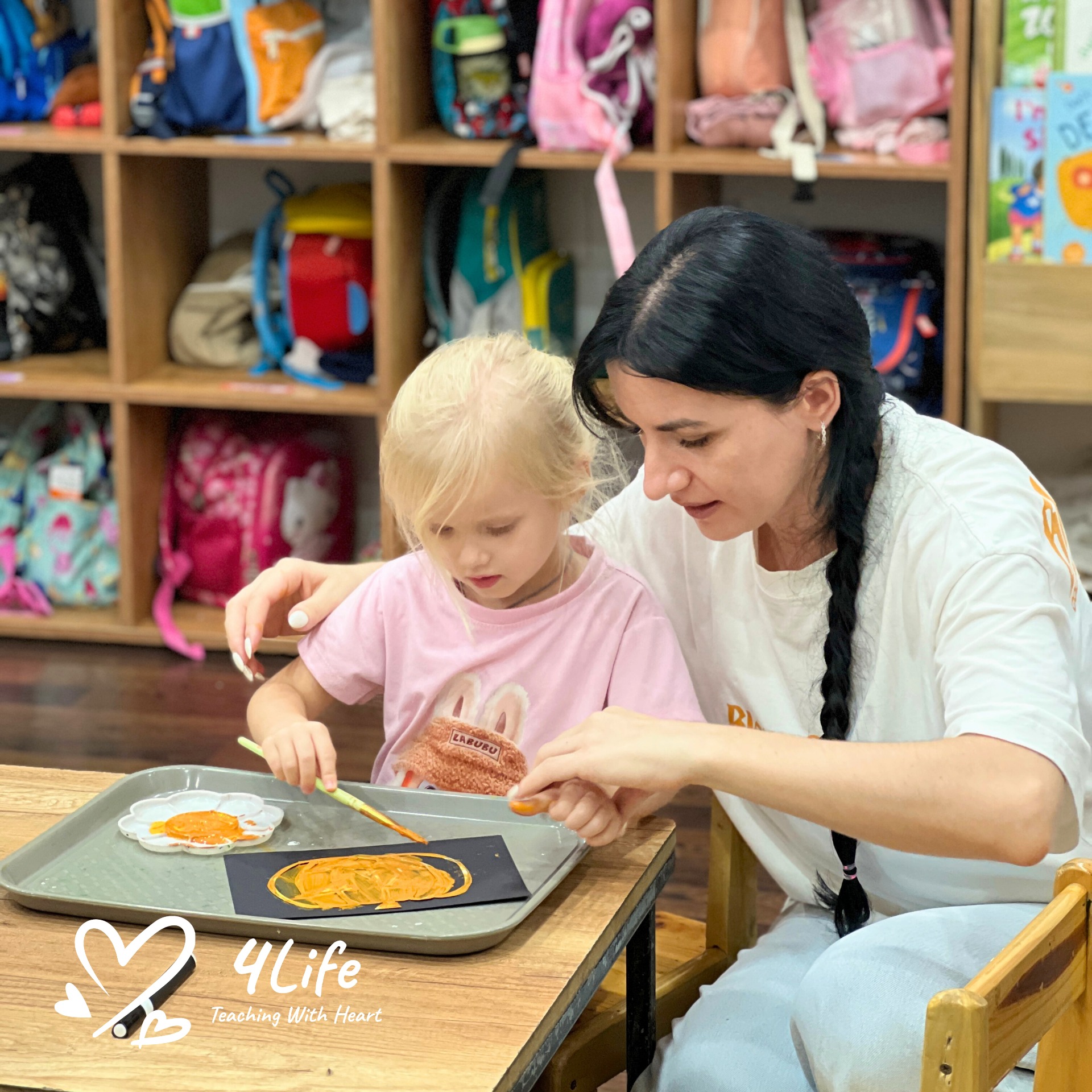
0 Comments